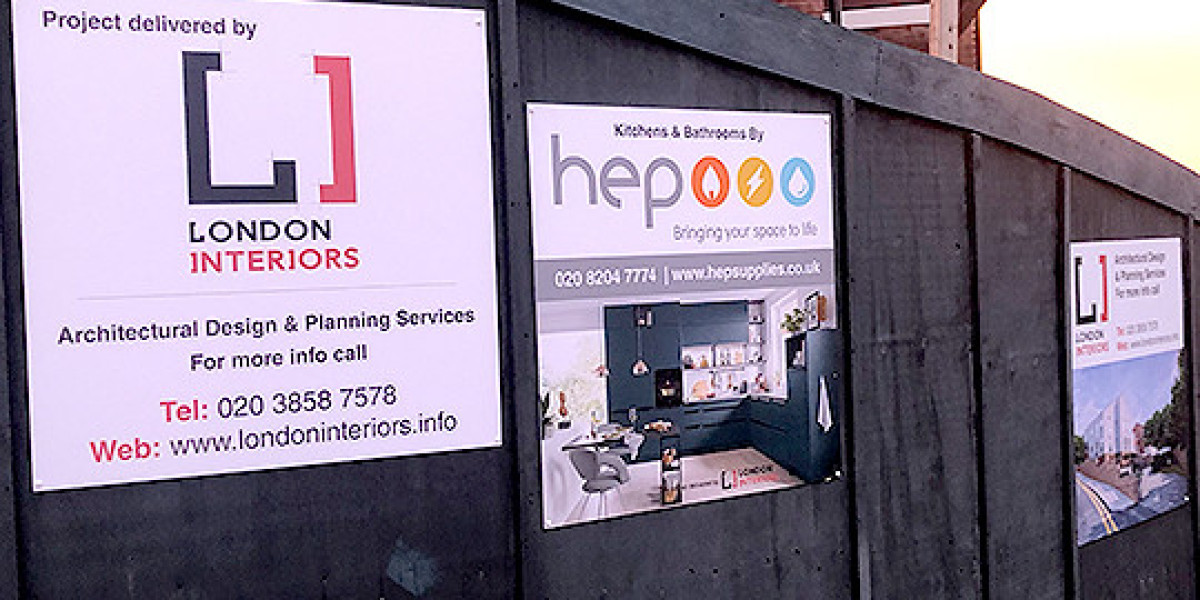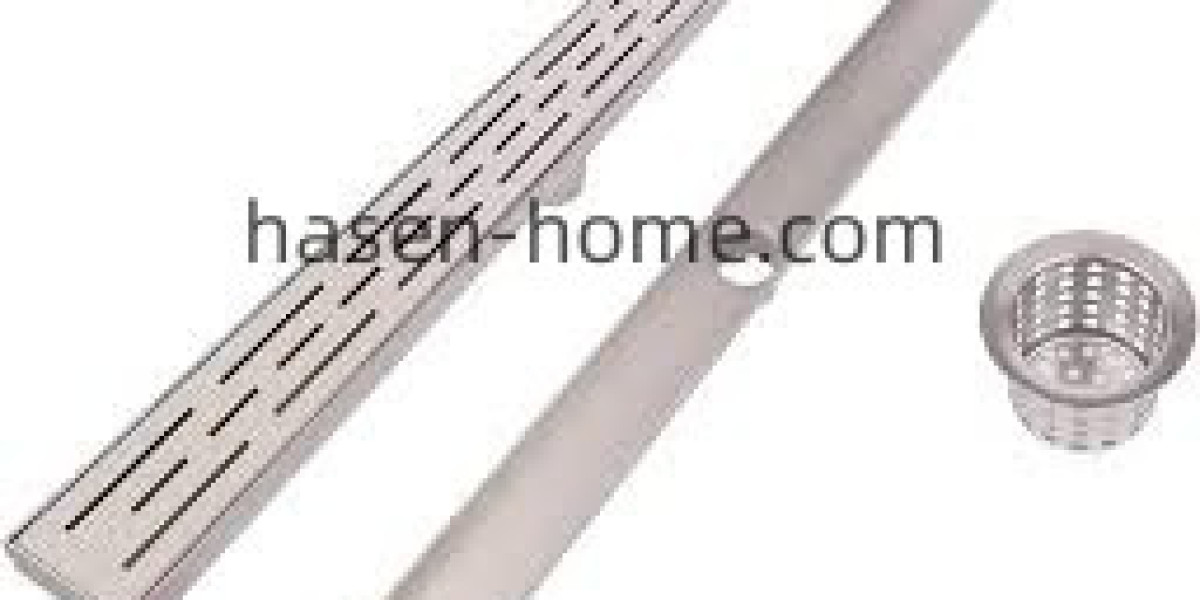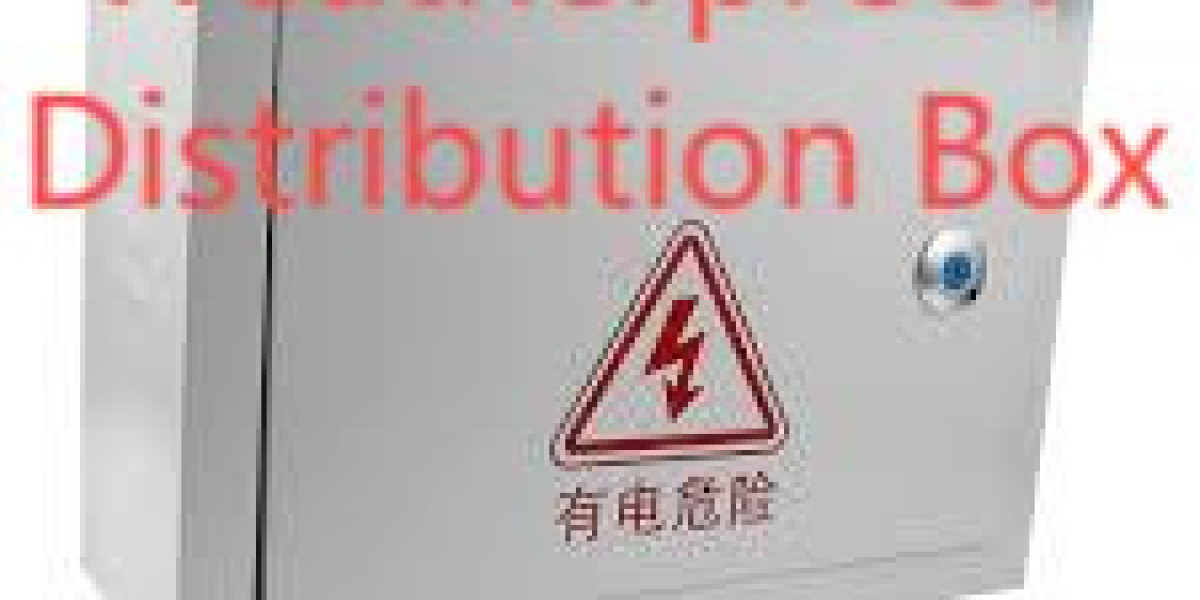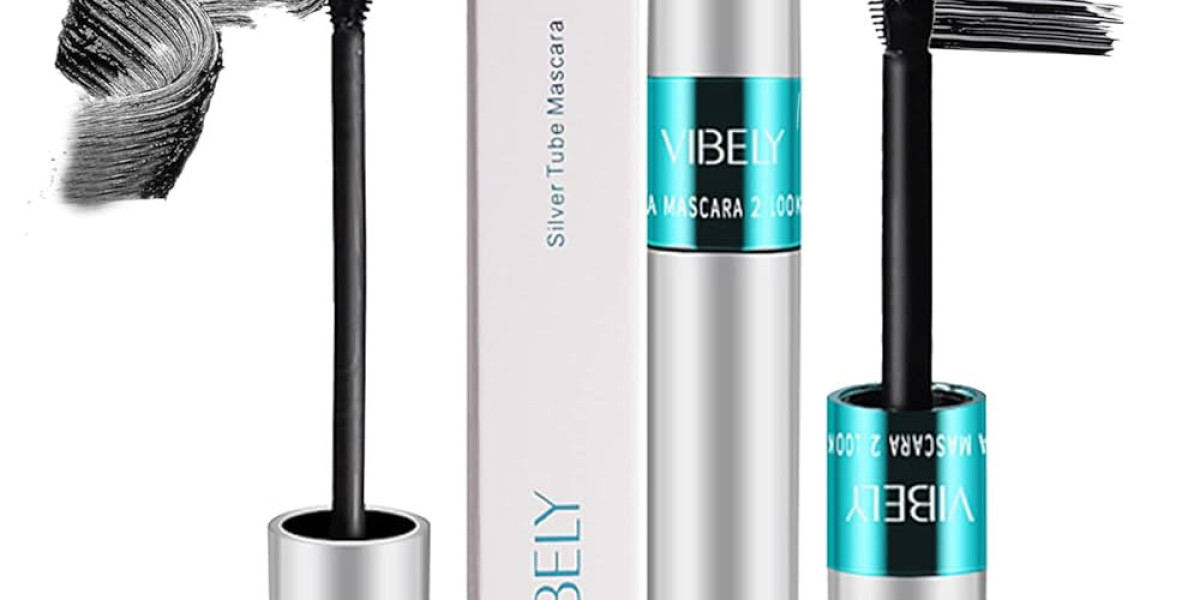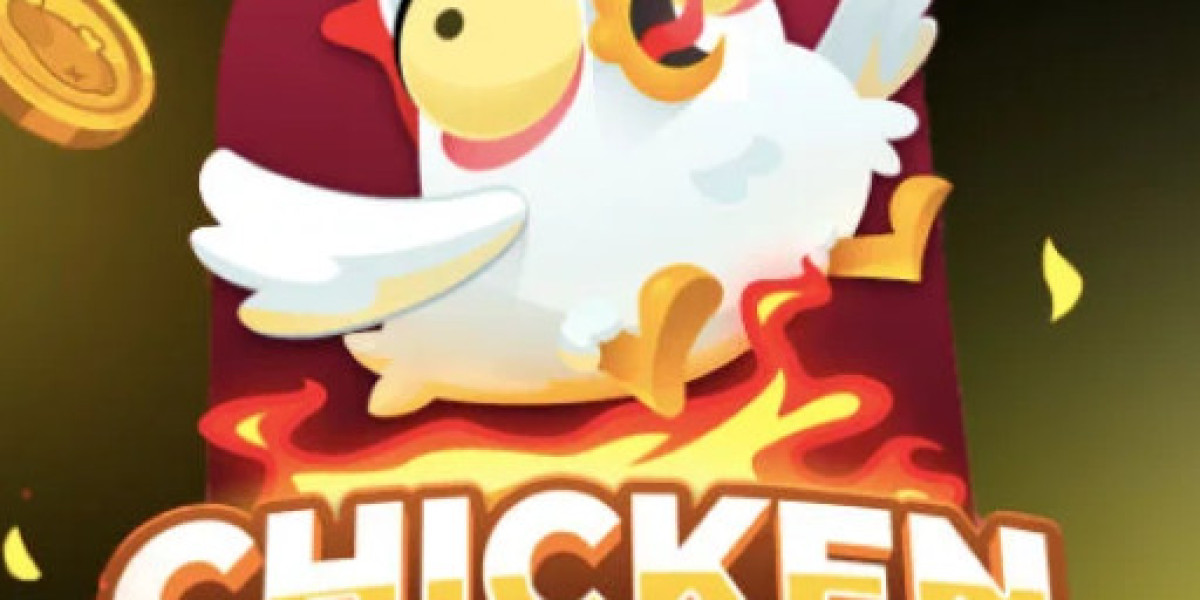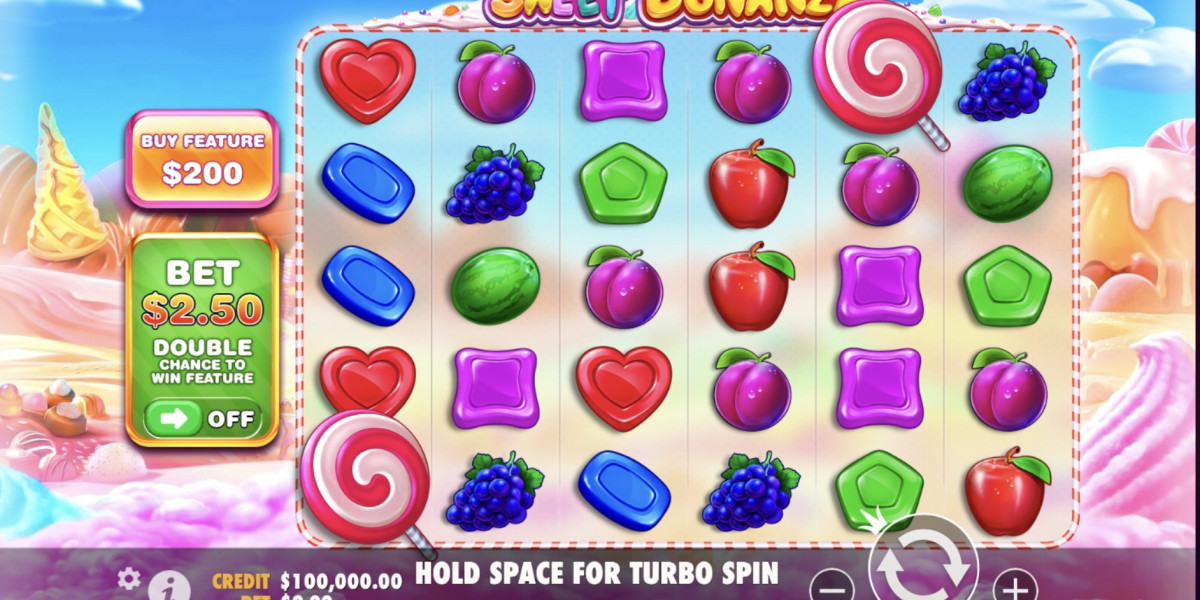Safety and security remain key on construction sites, but modern hoardings now offer far more—acting as advertising platforms, branding tools, and ways to engage the public. However, challenges arise when sites aren’t square or rectangular. From curved roads to tight corners and awkward plots, many developments require creative hoarding solutions. Designing around these irregular shapes demands careful planning.
In this guide, we’ll look at how to build hoardings for curved edges and complex layouts, while offering tips on choosing the right site hoarding panels and using hoarding board printing effectively.
Understanding the Problem: Not All Sites Are Straight Lines
Most people imagine construction sites as neatly fenced rectangles—but that’s rarely the case. Especially in dense urban areas or around historical structures, sites often follow odd perimeters. Common challenges include:
- Curved boundaries (such as roundabouts or sloping roads)
- Angled corners (both sharp and obtuse)
- Narrow alleys or wedge-shaped plots
- Irregular terrain or changes in ground elevation
Standard hoarding techniques, using straight panels and simple framing, often fall short in these settings. Gaps, instability, and poor visual flow are common problems. But with the right approach, you can make even the most unusual site shape work to your advantage.

Site Survey: The Foundation of a Good Hoarding
The first step to tackling any tricky perimeter is a detailed site survey. Before you even think about ordering materials, it’s important to walk the site and gather accurate measurements. Look out for:
- Curves and corners in the perimeter
- Drainage systems and underground utilities
- Level changes, slopes or soft ground
- Trees, poles, fences or other permanent obstacles
Laser scanning or drone mapping can be helpful for larger or more complex areas. Even a basic CAD drawing or hand sketch with clear measurements will make a big difference in the design process. Remember, the more detailed your survey, the fewer surprises you’ll face during installation.
Choosing the Right Materials for Awkward Angles
When it comes to curves and angles, not all hoarding materials perform equally. Choosing the right type of site hoarding panels is essential for flexibility and strength. Some good options include:
- Plywood panels with timber frames:
These are highly adaptable and can be trimmed on-site to suit odd angles or sloped areas. They’re also a popular choice for short-term projects. - Aluminium Composite Panels (ACP):
These are strong, weatherproof and provide a smooth surface ideal for printing. Though rigid, they can be used effectively with modular systems or flexible framing to adapt to curves. - Modular hoarding systems:
Pre-engineered modular hoarding units are great for curves. They offer adjustable joints and components that allow you to form gentle arcs without cutting or reshaping materials. - Lightweight Foamex boards:
Best used on internal fences or where curvature is minimal. They can bend slightly and are easy to print on, making them suitable for decorative wraps on curved walls.
Combining flexible materials with precise installation techniques ensures a secure and seamless appearance—even on irregular layouts.
Structural Considerations: Stability on Uneven Ground
Corners and curves often mean less support. That's why stability becomes even more important on odd-shaped sites. Here’s what to keep in mind:
- Use deeper ground fixings or weighted bases where anchoring isn't possible (e.g. paved areas).
- Add bracing or angled supports on wide curves to resist wind load.
- Frame reinforcement is crucial at corner turns or change-of-direction points.
- For hoardings over 2.4 metres high or near public roads, always check local planning permissions and safety regulations.
Even small gaps in coverage can be a risk, both visually and physically, so aim for a snug, continuous line of coverage.
Design and Print: Making the Most of Curves and Corners
Curves and angles offer a chance to get creative. Instead of fighting them, embrace them as part of your design.
- Seamless visual flow
Use wraparound graphics that follow the curve naturally. High-resolution hoarding board printing can be used to create one large, cohesive design—perfect for marketing and branding. - Corner transitions
Design your artwork with built-in break points at corners. This ensures text and images aren’t distorted when panels meet at an angle. - Bold messaging at bends
Corners can naturally catch people’s eyes, especially at pedestrian crossings or traffic turns. Use these moments to place important messages, logos, or contact details. - Custom sizes and die-cuts
Some printing services offer shaped panels or overlays that help signage pop—great for adding visual interest at irregular points.
Remember, the visual element of your hoarding is just as important as its structure. With good hoarding board printing, you can turn a tricky space into a branding opportunity.
Real-World Solutions: When Flexibility Matters Most
Here are a few common scenarios where special approaches are needed:
- Urban infill sites:
Tight spaces between buildings often mean tight corners and very little room for anchoring. A modular aluminium system with weighted bases works well here. - Curved road frontages:
Gentle curves require more frequent posts and shorter panel widths to maintain smoothness. Modular or plywood panels offer the best fit. - Split-level construction sites:
When part of the site is at a different height, use staggered panel heights and strong vertical bracing to maintain safety and visual continuity.
In all cases, flexible design and clear site measurements are your best allies.

Safety, Compliance and Public Engagement
Curves and corners don’t just affect structure—they also influence public safety and how information is displayed.
- Ensure clear sight lines around corners for vehicle and pedestrian traffic.
- Avoid trip hazards or protrusions that may result from poorly cut panels.
- Install signage indicating exits, viewing panels, or emergency contact info.
- If your hoarding covers public pavement or pathways, apply for the correct permissions and include wayfinding information.
With proper planning, your hoarding can guide, protect, and inform passersby—no matter the shape of the site.
Reusability and Long-Term Flexibility
If you work on multiple sites, it’s worth investing in modular hoarding panels that can be reused and adapted to new shapes. Many systems allow:
- Easy resizing and reshaping
- Rebranding with new printed boards
- Removal and reuse of structural elements
This not only reduces waste but also saves time and cost on future projects.
Conclusion
Building hoardings for curved, angled, or irregularly shaped sites doesn’t have to be difficult. With a good site survey, the right site hoarding panels, and flexible installation strategies, you can achieve both structural stability and strong visual impact. Pair that with high-quality hoarding board printing, and your perimeter becomes a platform for both safety and storytelling.
Whether you're wrapping around a traffic island or enclosing a sharp-angled urban plot, adaptability is key. And when in doubt, work with specialists who understand the unique demands of non-standard layouts.
For expertly printed and durable hoarding solutions that work with any shape, Hoarding Print Company can help bring your site perimeter to life.
